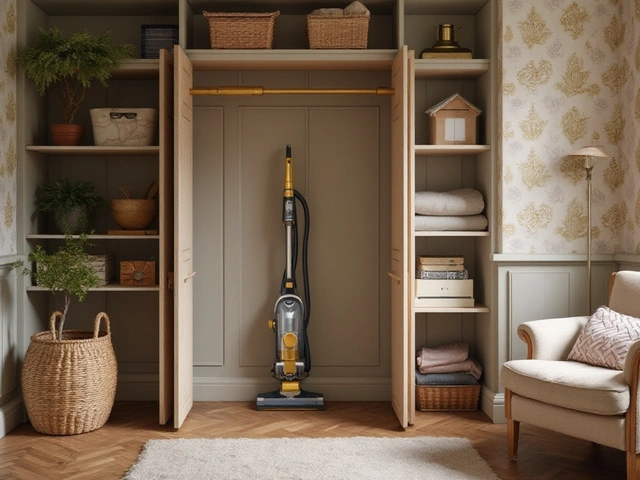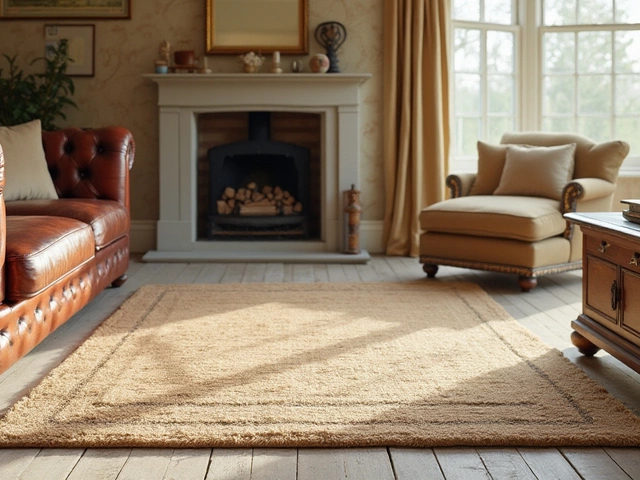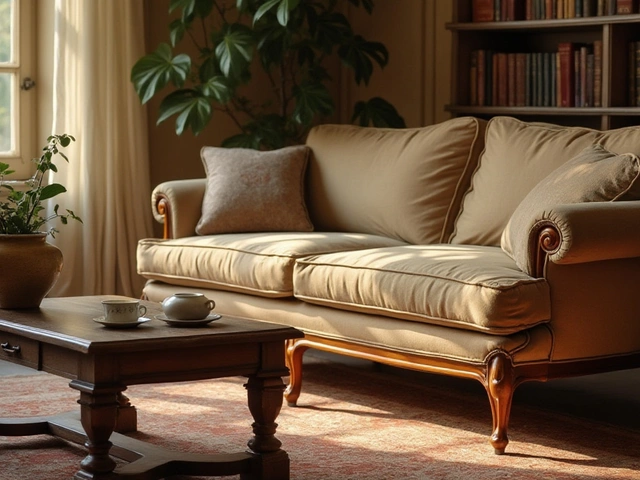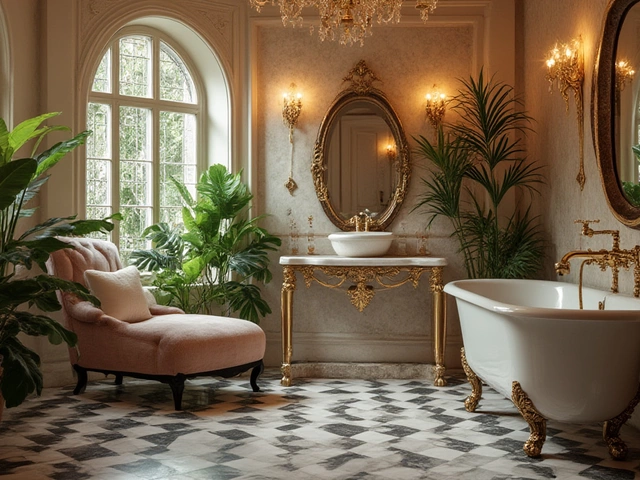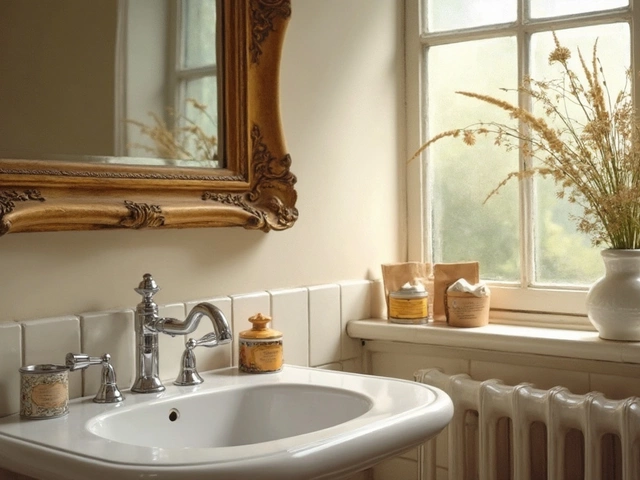What Are Those Wavy Mirrors Called? The Truth About Distorted Reflections
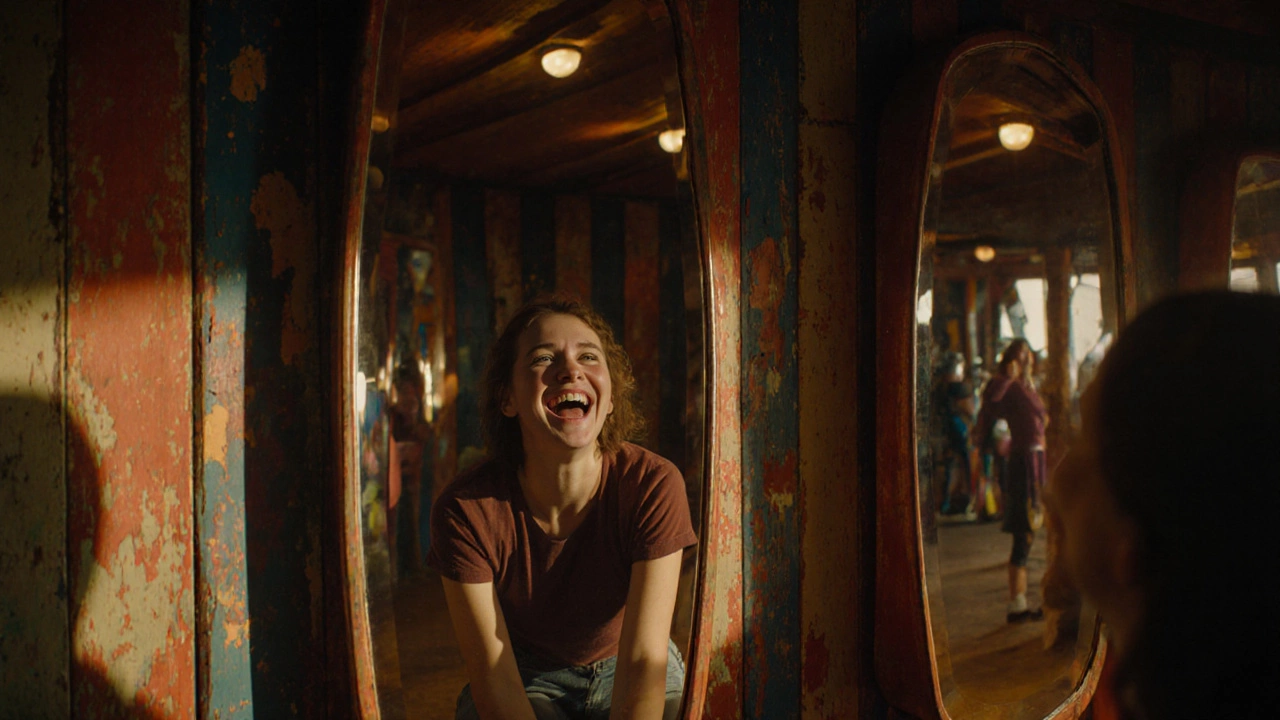
Funhouse Mirror Distortion Calculator
How Distorted Will You Be?
Enter your height to see how different mirror types will distort your reflection.
Your reflection will appear...
Enter your height and select a mirror type to see the distortion effect.
Ever walked past a mirror at a carnival, amusement park, or even a quirky home decor store and seen your reflection stretch, shrink, or twist like a cartoon? You laughed, maybe took a selfie, and then wondered: what are those wavy mirrors called? It’s not just a trick of the light - there’s a real name, a real history, and even a real science behind them.
The Real Name: Funhouse Mirrors
The most common term for those wavy, warping mirrors is funhouse mirrors. That’s what they’re called in amusement parks, carnivals, and family entertainment centers. But that’s just the popular name. Technically, they’re a type of curved mirror - specifically, mirrors with irregular, non-planar surfaces that bend light in unpredictable ways. Unlike your bathroom mirror, which is flat and reflects light evenly, funhouse mirrors are made from glass shaped into waves, bulges, or dips. These shapes are carefully engineered. One section might curve outward like a convex lens, making you look tall and thin. Another might cave inward like a concave lens, squishing your face into a balloon. The result? A reflection that’s wildly distorted - but always recognizable.How They Work: Physics, Not Magic
It’s not magic. It’s physics. Light travels in straight lines until it hits a surface. A flat mirror reflects light at the same angle it arrives - so your image stays true. But when the mirror’s surface bends, the angle of reflection changes across different parts of the glass. Imagine standing in front of a mirror that’s shaped like a series of gentle hills and valleys. When light from your head hits the top of a hill, it bounces at a steeper angle than light from your waist hitting a valley. Your brain tries to make sense of this mismatched data. It expects symmetry, proportion, and consistency - so when the reflection doesn’t match, your brain interprets it as stretching, shrinking, or warping. This effect is called anamorphic distortion. It’s the same principle used in street art that looks normal only when viewed from one exact spot. In funhouse mirrors, the distortion is intentional and spread across the whole surface.Types of Curved Mirrors You’ll See
Not all wavy mirrors are the same. Most funhouse setups combine three basic types of curved surfaces:- Convex mirrors - bulge outward. These make you look shorter and wider. Think of the mirror that turns you into a cartoonish barrel.
- Concave mirrors - cave inward. These stretch you vertically, making you look like a lanky stick figure. Some even make your head look enormous while your feet shrink.
- Compound mirrors - a mix of both, with waves, ridges, or zigzags. These are the most unpredictable. One moment you’re a giant, the next you’re a midget. These are what most people picture when they think of ‘wavy mirrors’.
Where You’ll Find Them
Funhouse mirrors aren’t just for carnivals anymore. They’ve made their way into homes, restaurants, and retail spaces as bold decor pieces. High-end interior designers use them to create playful, dynamic spaces. A convex mirror in a narrow hallway can make the room feel bigger. A concave mirror above a fireplace can become a conversation starter. You’ll also find them in:- Amusement parks like Luna Park (Sydney), Coney Island (New York), or Rainbow’s End (Auckland)
- Haunted houses and escape rooms for psychological effect
- Art galleries as part of optical illusion installations
- Some modern bathrooms and dressing rooms for a fun twist
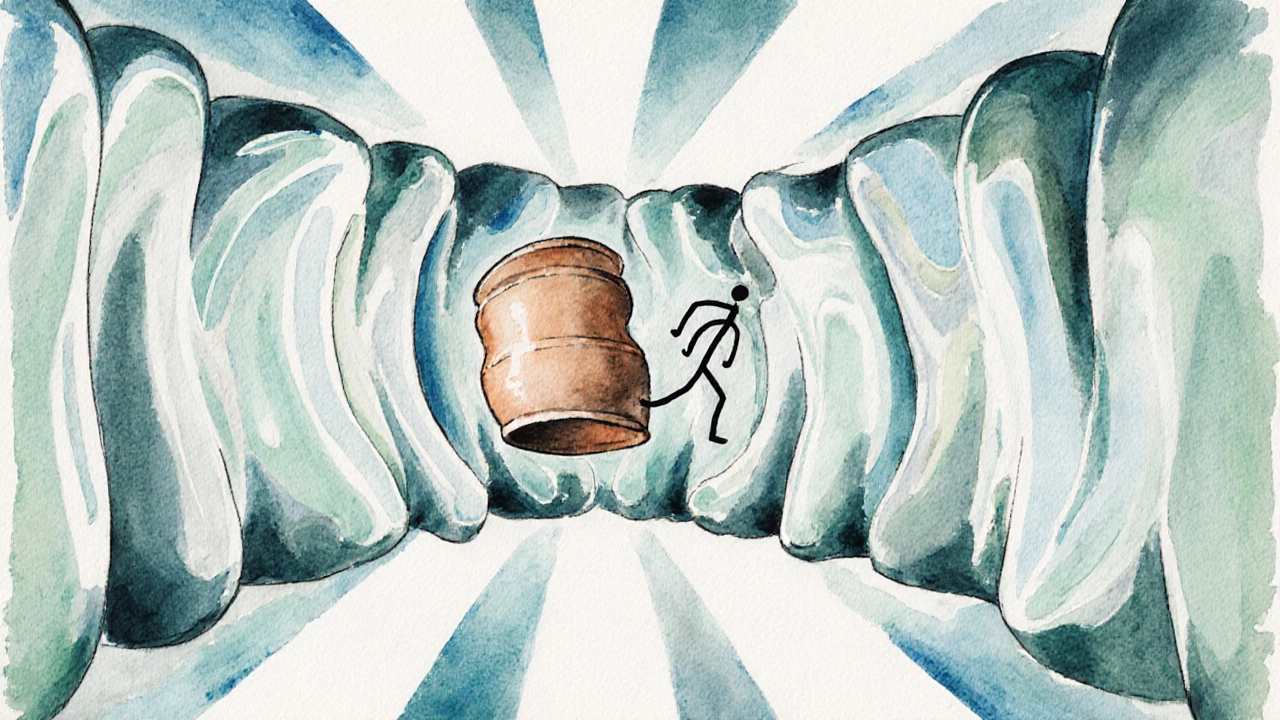
Real-World Uses Beyond Fun
Don’t think these mirrors are just for laughs. They have practical uses too.- Security: Convex mirrors are used in parking lots, warehouses, and stores to widen the field of view. They help drivers see blind corners.
- Optics research: Scientists study how the human brain processes distorted visual input - useful for VR development and understanding perception disorders.
- Therapy: Some psychologists use distorted mirrors in body image therapy. Patients who struggle with self-perception (like those with anorexia) are shown their true reflection next to a warped one to help recalibrate their mental image.
How to Buy or Make Your Own
If you want one at home, you can buy them online. Prices range from $30 for a small decorative piece to over $500 for custom, hand-crafted designs. Look for terms like “distorted mirror,” “curved wall mirror,” or “funhouse mirror” on Etsy, Amazon, or specialty decor sites. Making your own is possible - but tricky. You’d need a flexible glass sheet, a mold shaped to your desired curve, and a reflective coating process. Most DIY versions use flexible plastic mirrors (like those sold for car side mirrors) glued onto foam shapes. They’re not as durable or clear as glass, but they’re safe for kids and cheap to experiment with. Pro tip: Avoid cheap plastic mirrors if you want clarity. The best ones are made with tempered glass and have a high-quality silver or aluminum backing. They last decades and don’t yellow like cheap plastic versions.Why We Love Them
There’s something deeply human about laughing at our own reflection. We see ourselves - but not as we expect. It’s a reminder that perception is subjective. That mirror doesn’t lie; it just shows a different truth. And in a world obsessed with filters and perfect selfies, a wavy mirror feels refreshingly honest. They’re not just mirrors. They’re mirrors that challenge how we see ourselves - and that’s why they’ve lasted for over a century.Common Misconceptions
Let’s clear up a few myths:- Myth: All wavy mirrors are made of plastic. Truth: High-quality ones use glass. Plastic distorts more and degrades faster.
- Myth: They’re only for kids and carnivals. Truth: Designers, therapists, and artists use them seriously.
- Myth: The distortion is random. Truth: Every wave is planned. Engineers calculate the curve to create specific effects.
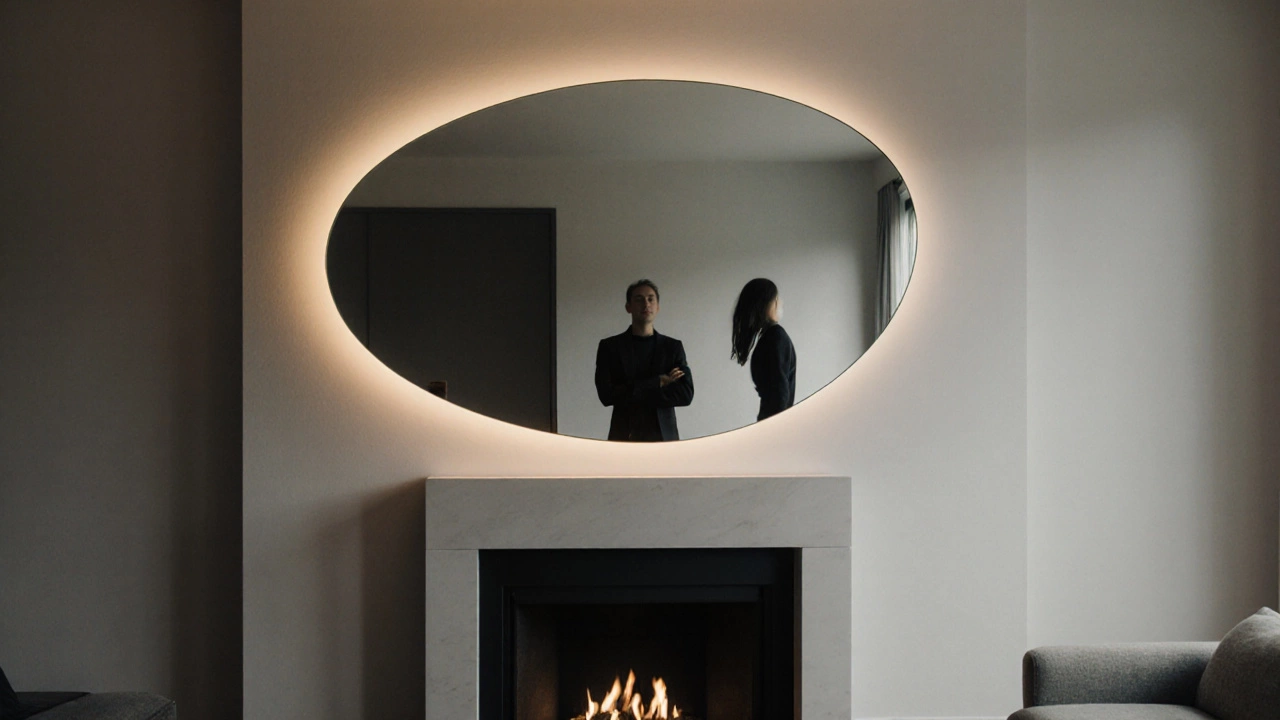
What to Look For When Buying
If you’re shopping for one, here’s what matters:- Material: Glass > plastic. Look for tempered glass for safety.
- Frame: Wood or metal frames last longer than flimsy plastic.
- Distortion type: Do you want to be stretched? Squished? Or a mix? Check product descriptions.
- Size: Larger mirrors (30+ inches) give better immersion. Small ones are good for accents.
- Mounting: Some need wall anchors. Others hang with hooks. Make sure your wall can handle the weight.
Funhouse Mirrors vs. Other Distorted Mirrors
| Type | Surface Shape | Effect on Reflection | Common Use |
|---|---|---|---|
| Funhouse Mirror | Irregular waves, bulges, dips | Wild, unpredictable distortion | Amusement parks, art, decor |
| Convex Mirror | Outward curve | Makes objects look smaller, wider | Security, rearview mirrors |
| Concave Mirror | Inward curve | Makes objects look larger, stretched | Makeup mirrors, telescopes |
| Flat Mirror | Perfectly flat | True, undistorted reflection | Bathrooms, bedrooms |
Frequently Asked Questions
Are wavy mirrors dangerous?
Not if they’re made properly. High-quality funhouse mirrors use tempered glass, which breaks into small, dull pieces instead of sharp shards. Avoid cheap plastic versions, especially around children. Always check for safety certifications when buying.
Can you fix a warped mirror?
No. Once the glass is curved, you can’t flatten it without breaking it. If it’s damaged or the reflective coating is peeling, replacement is the only option. Don’t try to heat or press it - that will ruin it further.
Do funhouse mirrors work in low light?
They work best in bright, even lighting. In dim rooms, the reflection gets fuzzy and the distortion loses its effect. If you’re using one at home, pair it with good ambient lighting - LED strips behind the frame work well.
Why do some funhouse mirrors make you look taller and others shorter?
It depends on the curve. A concave (inward) curve stretches your image vertically, making you look tall and thin. A convex (outward) curve compresses you horizontally, making you look short and wide. Compound mirrors combine both, so you might look tall in one spot and short in another - that’s why they’re so confusing (and fun).
Are there mirrors that make you look perfect?
No mirror makes you look perfect - not even a flat one. That’s because mirrors show you as you are, not how you think you should be. Funhouse mirrors just make that truth more obvious. If you want a ‘perfect’ reflection, you need lighting, angles, and filters - not a mirror.

